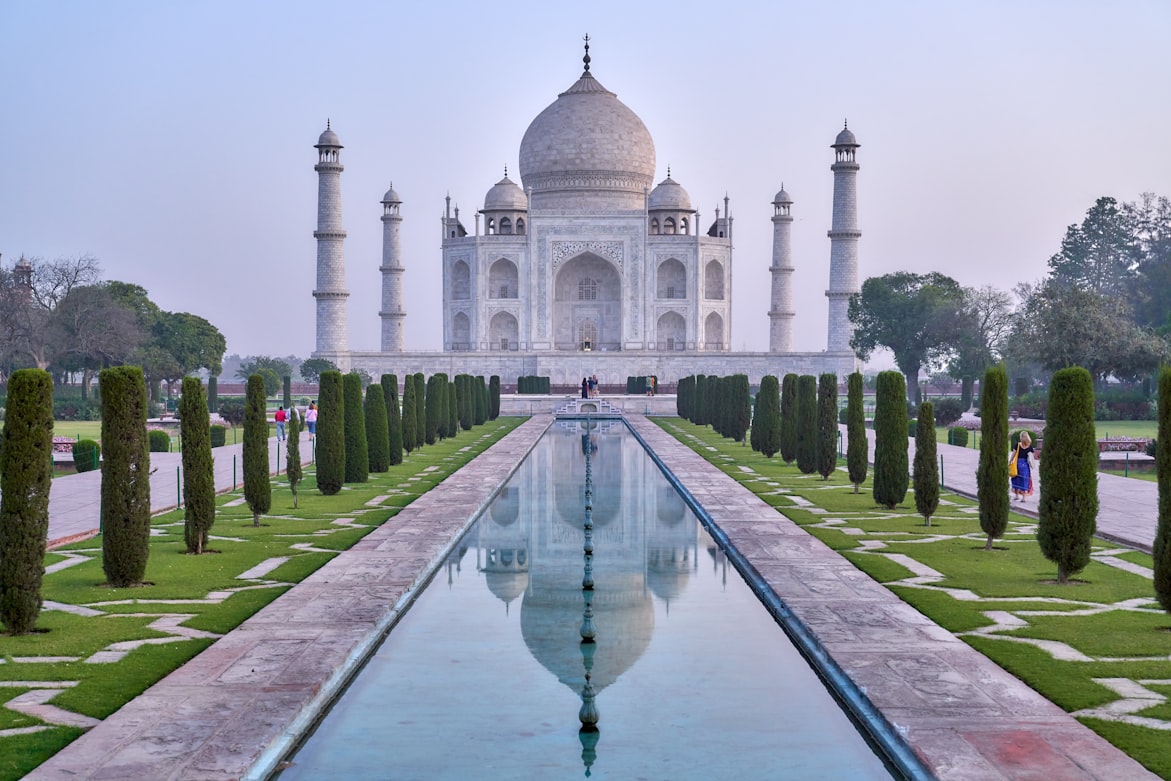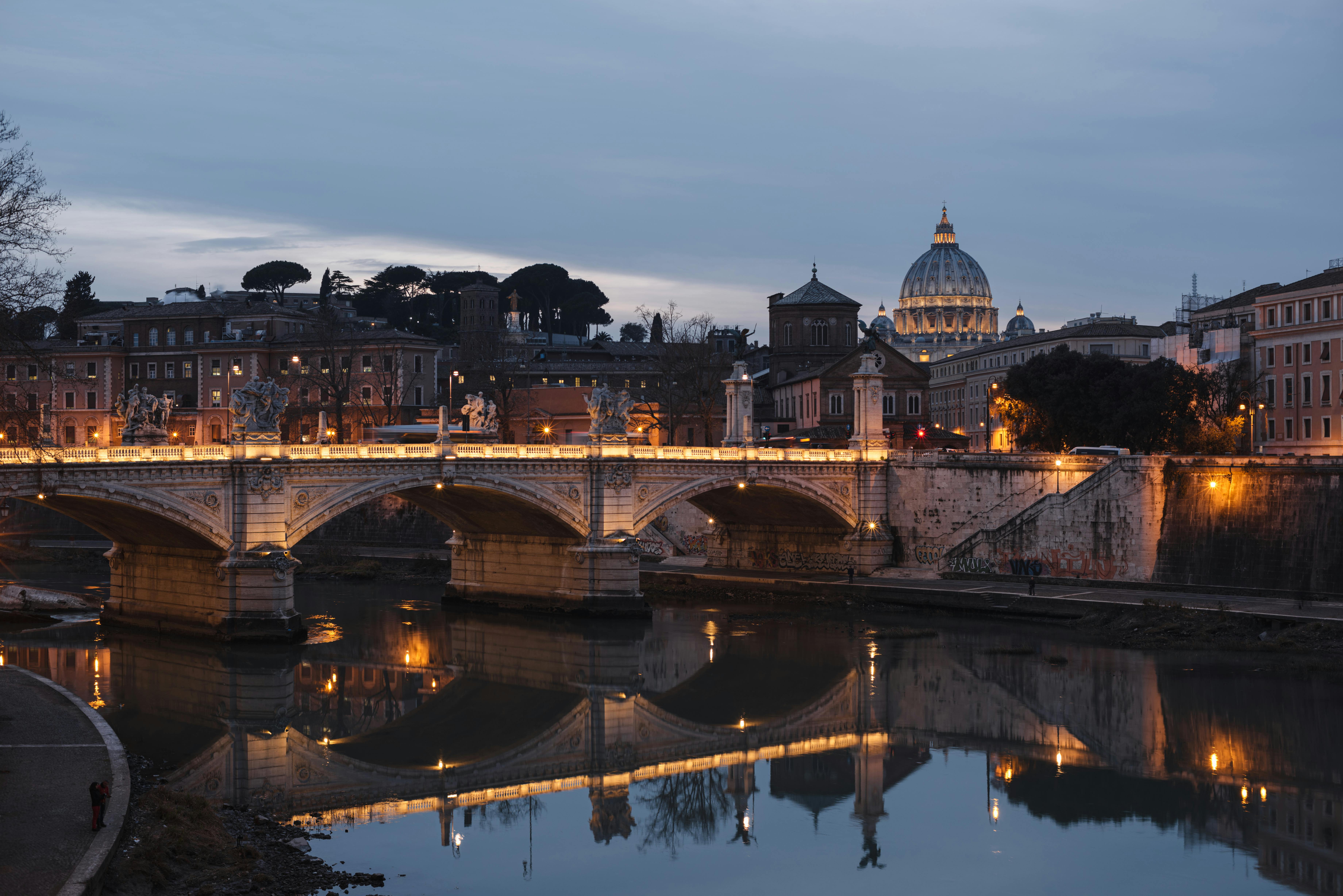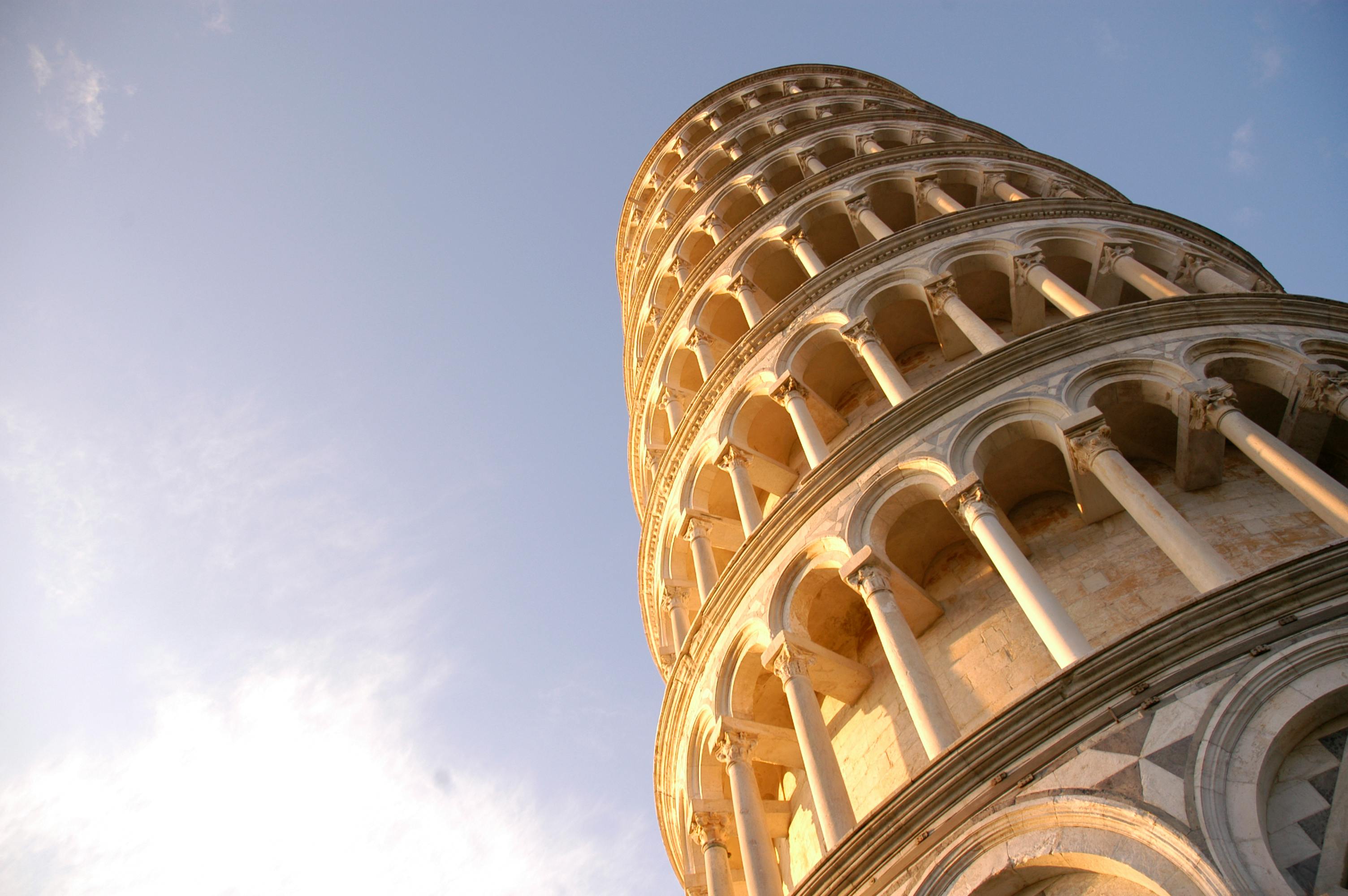This article is all about a four-day road trip to this beautiful destination.
The article is about the four-day road trip to this beautiful destination. The article is about a four-day road trip to Andorra, Barcelona, Valencia and many more.
where you can visit some best places, small towns and villages and enjoy the scenic view of beautiful mountains, lakes and valleys.
Andorra is a small country in the Pyrenees Mountains between France and Spain. It is a constitutional monarchy with its own government, currency (the euro) and postal service. The capital city of Andorra la Vella has a population of 22,000 people and it’s located at an elevation of 950 metres above sea level.
Andorra is a member of the European Union (EU) and its citizens are allowed to live and work freely in any EU country they choose. Andorra also shares its borders with three other countries – Spain, France and Portugal – therefore being part of the Schengen Area which allows free movement between these countries without needing any special documents or permits.
Barcelona
Barcelona is a great city to visit. It’s a great place to go on vacation, or even just for a short business trip. Barcelona has so much to offer!
Valencia
Valencia is a city in Spain, and it's one of my favourite places on Earth. It's filled with beautiful architecture, delicious food, and friendly people. If you're ever visiting Barcelona or Madrid (or even just planning to visit), Valencia should be at the top of your list!
Valencia has so much to offer visitors—from its amazing food scene to its rich history as an important trading centre during medieval times. But what really makes this place special are its residents: they're so friendly that it feels like home every time I go there!
Andorra
Andorra is a small country in the Pyrenees mountains. This mountain range separates Spain and France, and it's also where Andorra is located. It's surrounded by mountains on all sides except for one road that connects it to Spain.
Andorra has been around since 1278 when it was founded by Charlemagne, who was Emperor of the Holy Roman Empire at the time. In 1324 they became a sovereign state after they made an agreement with France and Spain to have their own customs laws, currency system, and police force (although still under French rule). They joined NATO in 1954 and became a member of the United Nations in 1993. In 1999 Andorra switched from driving on right-hand side traffic to left-hand side traffic like most European countries do today.
A four-day trip to Andorra is a great idea to spend your time this season
A four-day trip to Andorra is a great idea to spend your time this season. This beautiful destination is known for its friendly people and peaceful environment. It has a small size, so it doesn't take much time to explore the country. You can see some of the landmarks like the Pyrenees Mountains, Andorra la Vella and Escaldes-Engordany by spending only two days in this country. If you want to visit other cities in Europe such as Barcelona or Paris, then it's easy because they are near Andorra city centre.
Andorra is also famous for its winter sports activities that include skiing, snowboarding and ice skating at Grandvalira Ski Resort which is one of the largest ski resorts in Europe with over 130 hectares (320 acres) of a skiable area on three different mountains: Anceis (2240m), Coma Pedrosa (2270m) and Vallnord (2300m).
To use this website, please contact me now!
Start planning your vacation ⛱
https://www.fireflies.com/en/user/registration?inviter=NorbertVoros&code=BmKnR9sYsWwsJwdmSzG4j9dKlds%3D ✈











